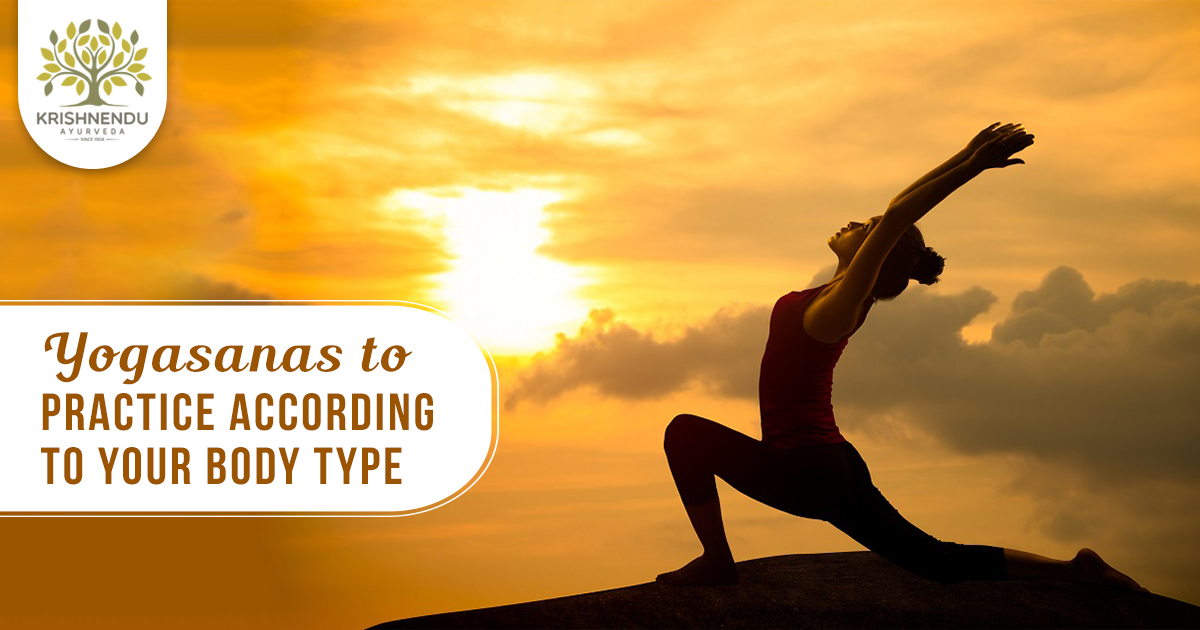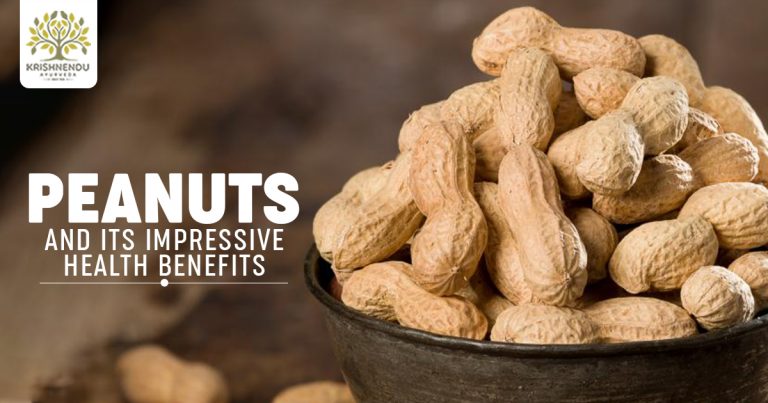A yogasana is considered to have particular effect on the body which is defined relative to the Ayurvedic constitution which is described through Vata, Pitta and Kapha doshas. And different yogasanas can influence the increase or decrease a particular dosha according to their structural ability.
Here is a brief guideline on how an individual body type influences the kind of yoga he should practice.
Vata dosha
Individuals with a dominant Vata dosha should practice asanas that are calming and grounding by nature. As the lower abdomen, pelvis and large intestines are the residence of Vata in the body, asanas that compress the lower abdomen are considered ideal. Asanas that help strengthen the lower back is also beneficial for alleviating Vata.
- Uttanasana – The standing forward bend is highly beneficial for Vatas. It tends to be grounding while also assisting in strengthening the spine.
- Balasana – The child’s pose compresses the pelvis and the Vata region. It is also recommended for Vata disorders like constipation and chronic gas.
- Dhanurasana – The bow pose puts the pressure in the pelvis and extends the lower back providing maximum relief from Vata.
- Supta Virasana – The reclining hero pose is yet another recommended asana for Vata. It encourages a mild extension of the lower abdominal muscles and lower back alleviating Vata.
- Virasana (hero pose), Siddhasana (easy pose) and Padmasana (lotus pose) are calming poses which help counter Vata’s agitated nature.
Pitta dosha
Asanas that are calming and overly heating are ideal for Pitta dosha. The calming poses help pacify the intensity and ease the emotions they are most prone to. When alleviating the dosha, these asanas are also beneficial for managing conditions like ulcers, hyperacidity, liver disease, etc.
- Ustrasana – The camel pose opens up the abdomen, solar plexus and chest and also allows free movement of energy through these regions.
- Bhujangasana (cobra pose) and dhanurasana (bow pose) are also recommended for solar plexus extension.
Kapha dosha
Stimulating and heating asanas are ideal for countering the heavy, cold and sedated nature of Kapha. Poses that open up the chest are best suited for Kapha as the stomach and chest are the areas where the dosha accumulates and takes on the form of mucuous. These yogasanas are also beneficial for treating and preventing both congestive and constrictive conditions like bronchitis, pneumonia, asthma etc.
- Setu bandhasana – The bridge pose is one of the beneficial asana for Kapha dosha. It is excellent for opening the chest and improving circulation of energy through the region.
- Suryanamaskar – Sun salutation is recommended as a good aerobic exercise for Kapha dosha as it is very active, creates heat and opens up the chest.





